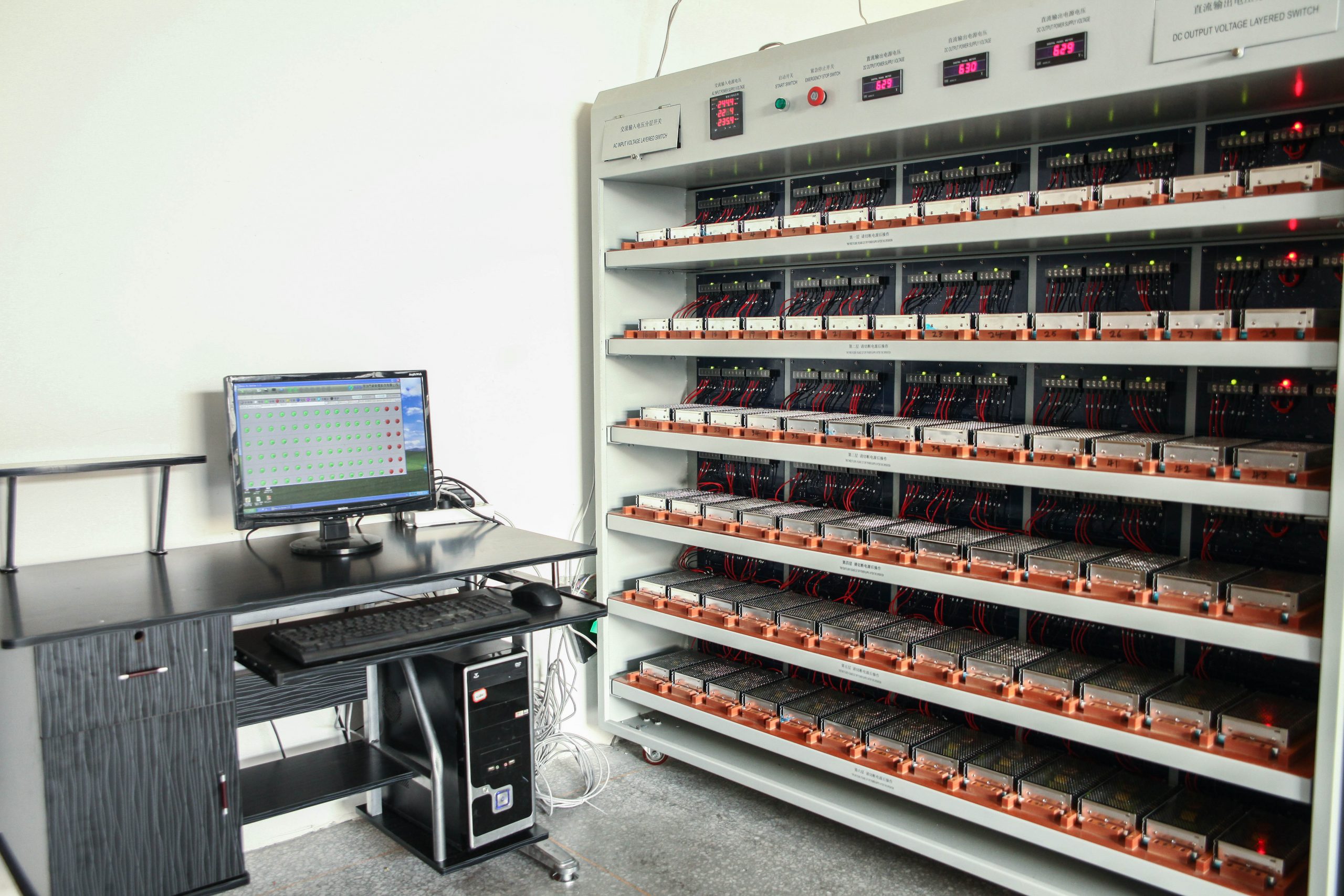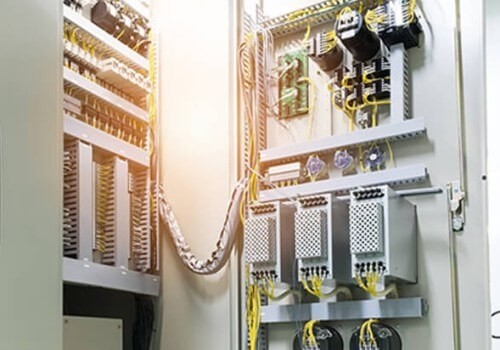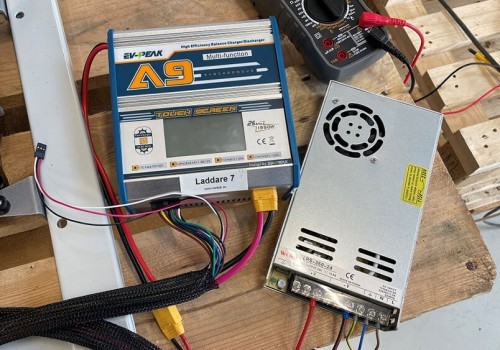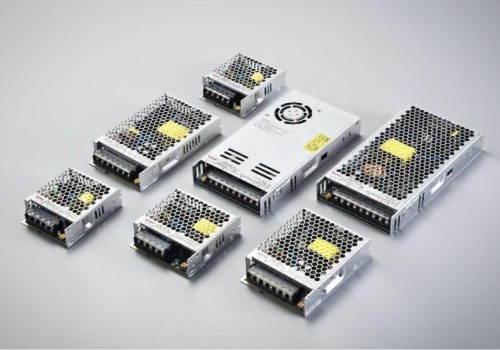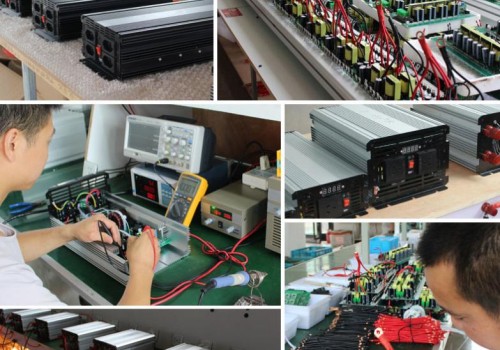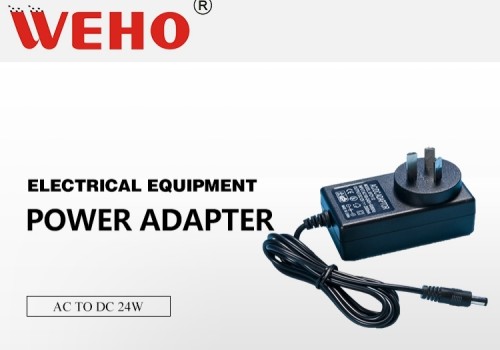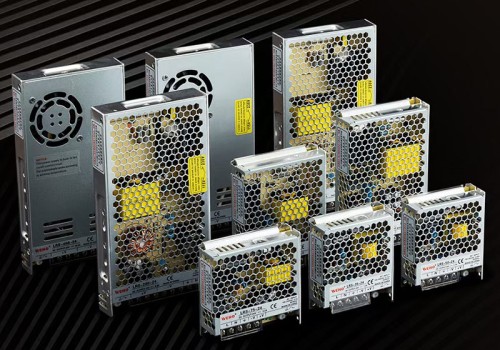The use of any technology is often a careful balance of several advantages and disadvantages. This is true for switch mode power supplies which offer some distinct advantages, but also have their drawbacks.
SMPS advantages
High efficiency: ? The switching action means the series regulator element is either on or off and therefore little energy is dissipated as heat and very high efficiency levels can be achieved.
Compact: ? As a result of the high efficiency and low levels of heat dissipation, the switch mode power supplies can be made more compact.
Costs: ? one of the points that makes switch mode power supplies very attractive is the cost. The higher efficiency and the switching nature of the design means that the heat that needs to be reduced is lower than that of linear supplies and this reduces costs. Long with this, the switching nature of the supply means that many of the components are lower cost.
Flexible technology: ? Switch mode power supply technology can be used to provide high efficiency voltage conversions in voltage step up or “Boost” applications or step down “Buck” applications.
SMPS Disadvantages
Noise: ? The transient spikes that occur from the switching action on switch mode power supplies are one of the largest problems. The spikes can migrate into all areas of the circuits that the SMPSs power if the spikes are not properly filtered. Additionally the spikes or transients can cause electromagnetic or RF interference which can affect other nearby items of electronic equipment, particularly if they receive radio signals.
External components: ? While it is possible to design a switch mode regulator using a single integrated circuit, external components are typically required. The most obvious is the reservoir capacitor, but filter components are also needed. In some designs the series switch element may be incorporated within the integrated circuit, but where any current is consumed, the series switch will be an external component. These components all require space, and add to the cost.
Expert design required: ? It is often possible to put together a switch mode power supply that works. To ensure that it performs to the required specification can be more difficult. Ensuring the ripple and interference levels are maintained can be particularly tricky.
Filtering: ? Careful consideration of the filtering for an SMPS because poor design can lead to high levels of noise and spikes on the output.
On balance, switch mode power supplies are ideal for a host of applications from computers to chargers, and laboratory equipment to many items of domestic electronic gadgetry. Cost, size and efficiency are key factors in ensuring that they are the mainstay technology of very many applications.


